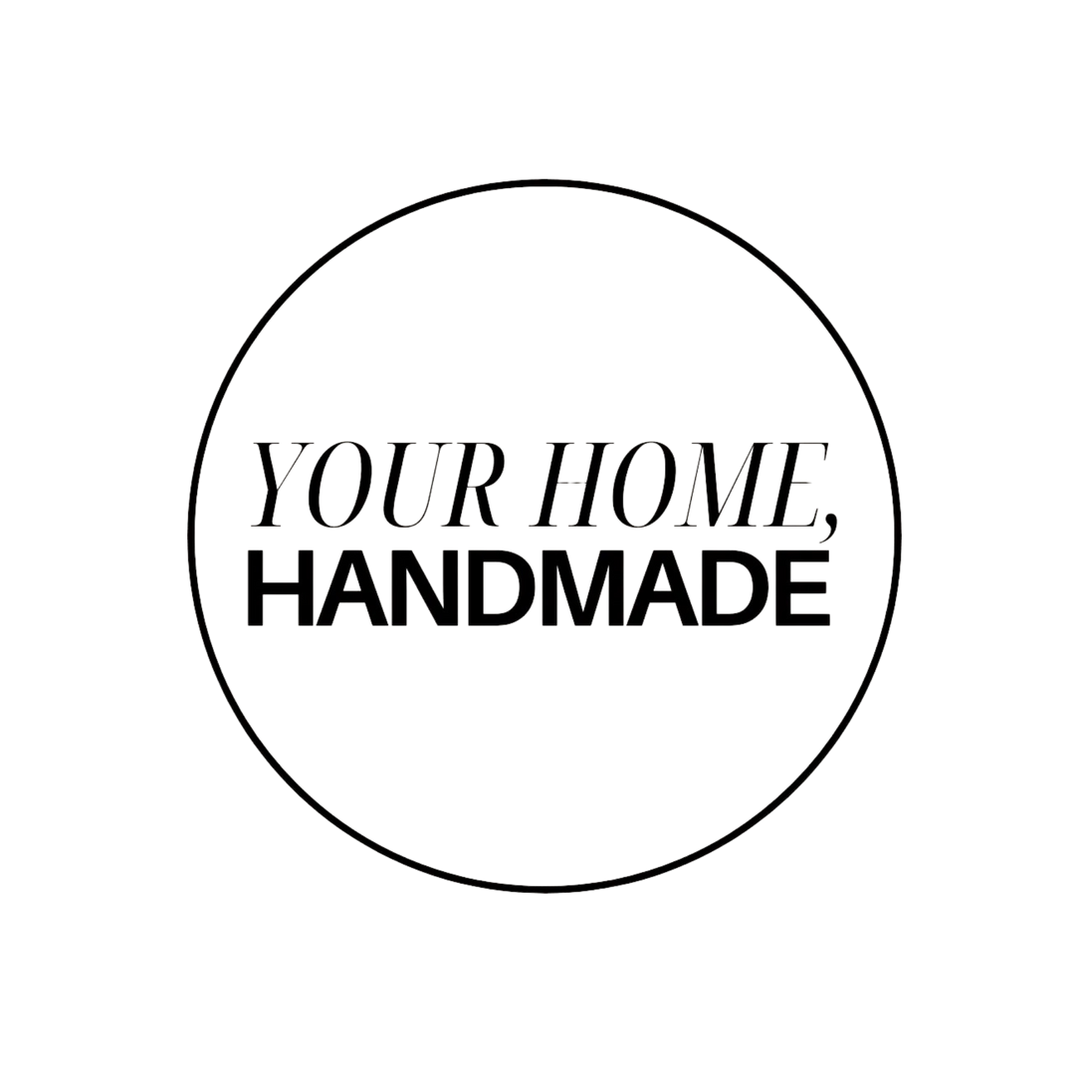Cutting Boards
Types of Cutting boards
There are three different ways to make a cutting board, based on the orientation of the wood.
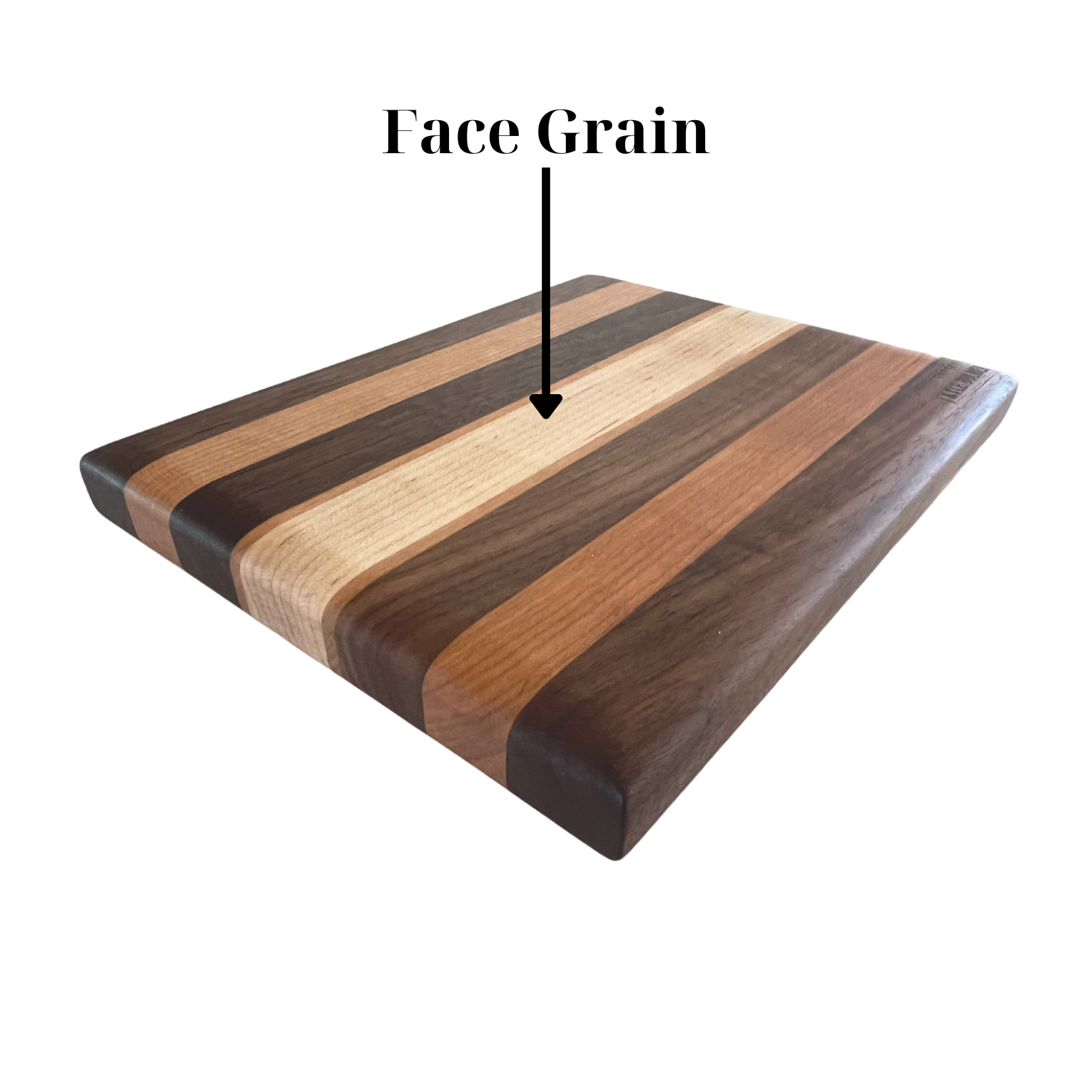
Face Grain
Pros
- Cheap & quick to make
- Appearance can be appealing
Cons
- Prone to warping and twisting
- Prone to display more knife marks
- Considered "softer" compared to edge and end grain
Uses
- Great for presenting food
- Great as a decoration
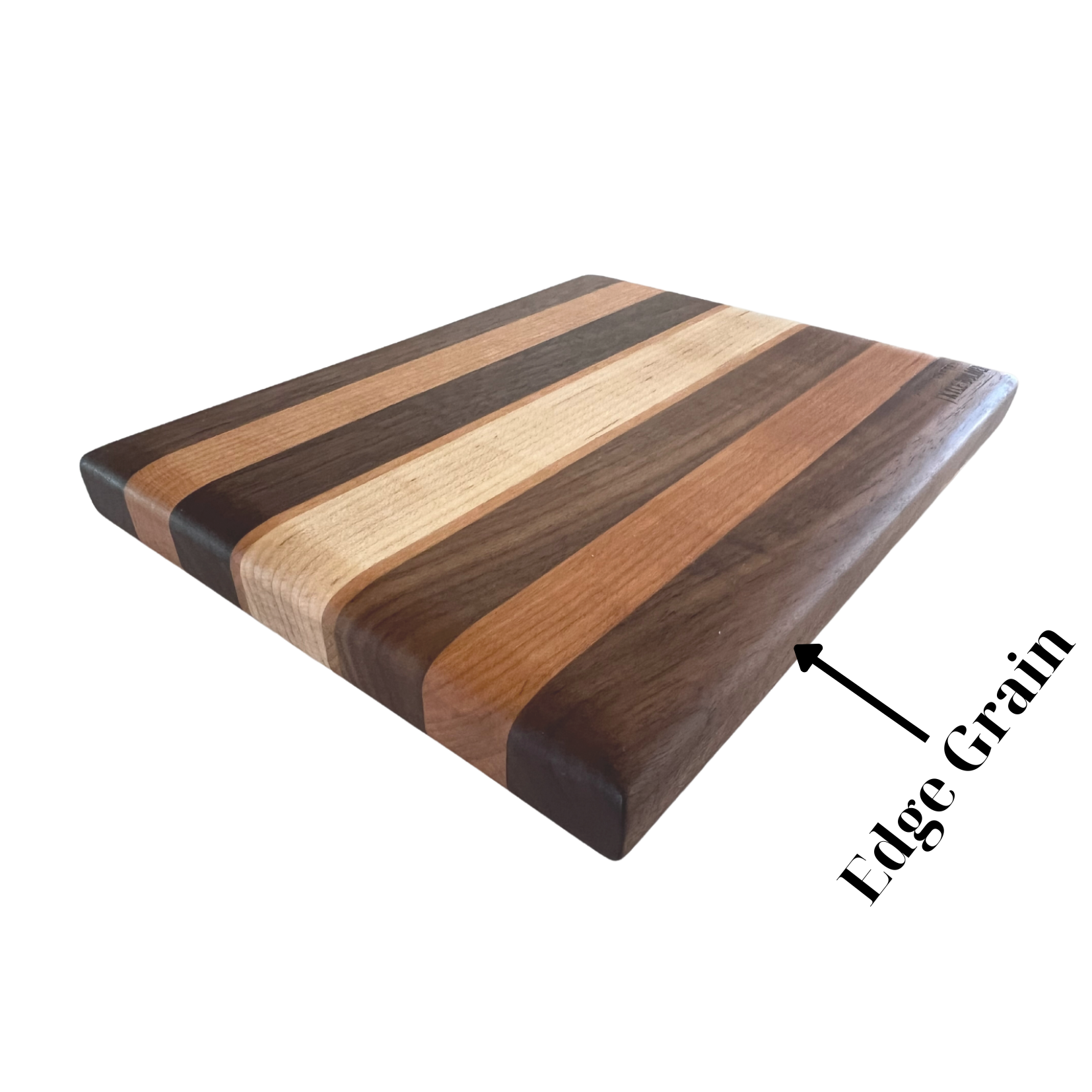
Edge Grain
Pros
- Cheaper than end grain boards
- More durable than face grain boards
- Requires less maintenance (Cleaning and oiling) than the other two
Cons
- Will display knife marks, but less than face grain
- Considered "harder" than face and end grain, will dull knives faster
Uses
- Great for presenting food
- Great as a decoration
- Good for light food preparation
- Good for food with juices
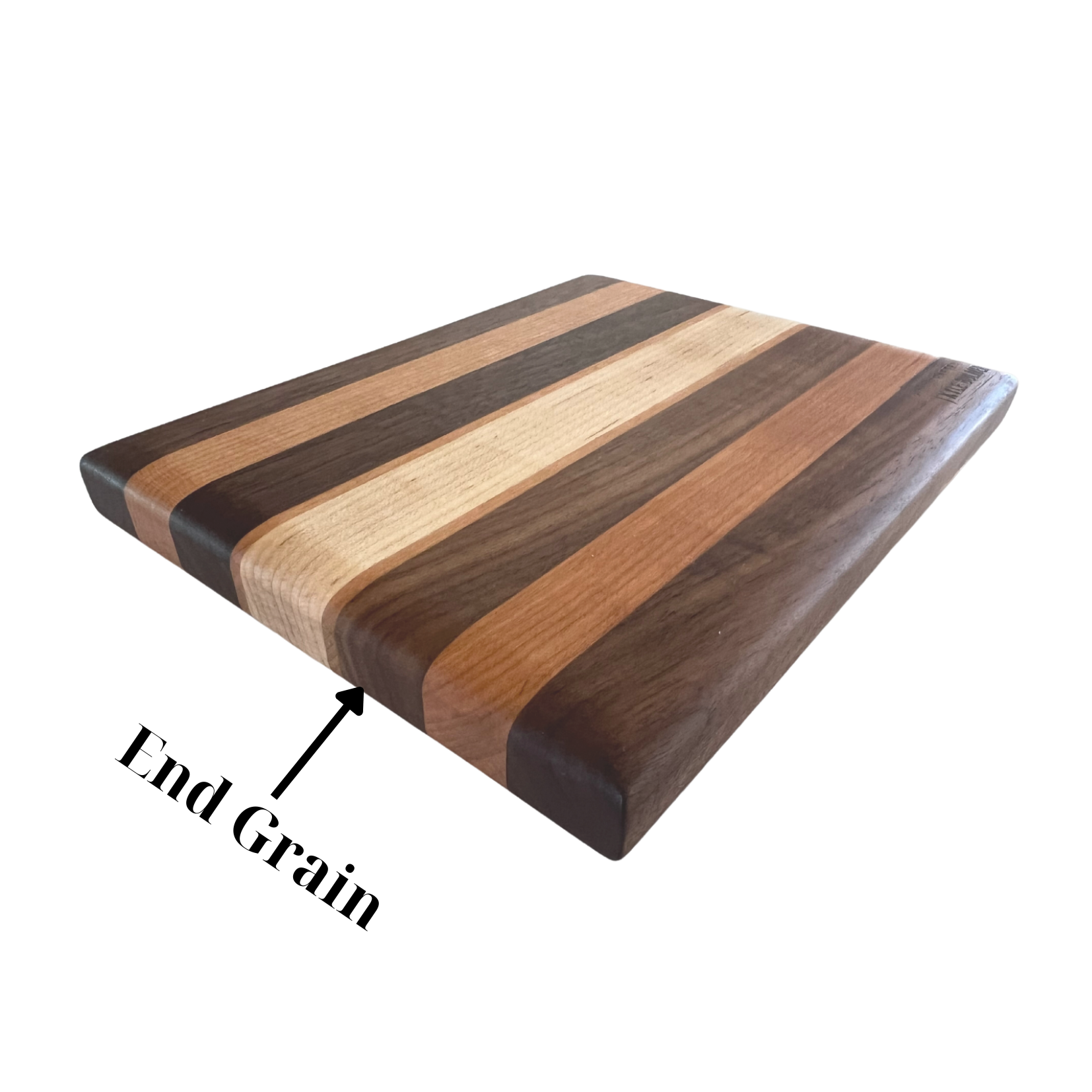
End grain
Pros
- Most durable out of the three, less knife marks and knifes won't dull as quickly
- Has "self-healing" abilities because you're cutting into wood fibers rather than directly onto the wood
- Appearance can be very appealing due to wood rings
Cons
- Longer build process, making it the most expensive to make
- Absorbs a lot of moisture so it requires a lot more oiling
Uses
- Great for presenting food
- Great as a decoration
- Best for food preparation
Caring for your board
In order to keep your cutting board looking as fresh as the day you got it, we recommend the below steps.
Wash
When cleaning your cutting board, use warm water & a little soap. Never place your cutting board in the dishwasher, the water is too hot and it will warp or break your board.
Dry
When drying your cutting board, it's best to let it dry on its side. Side drying allows for air to hit both the top and bottom. Improper drying can allow moisture to build up and create mold.
Oil
Oil or wax your cutting board after extended usage or every 2-3 months. This will keep the cutting board looking good and also protect it. A food safe oil or wax should only be applied.
